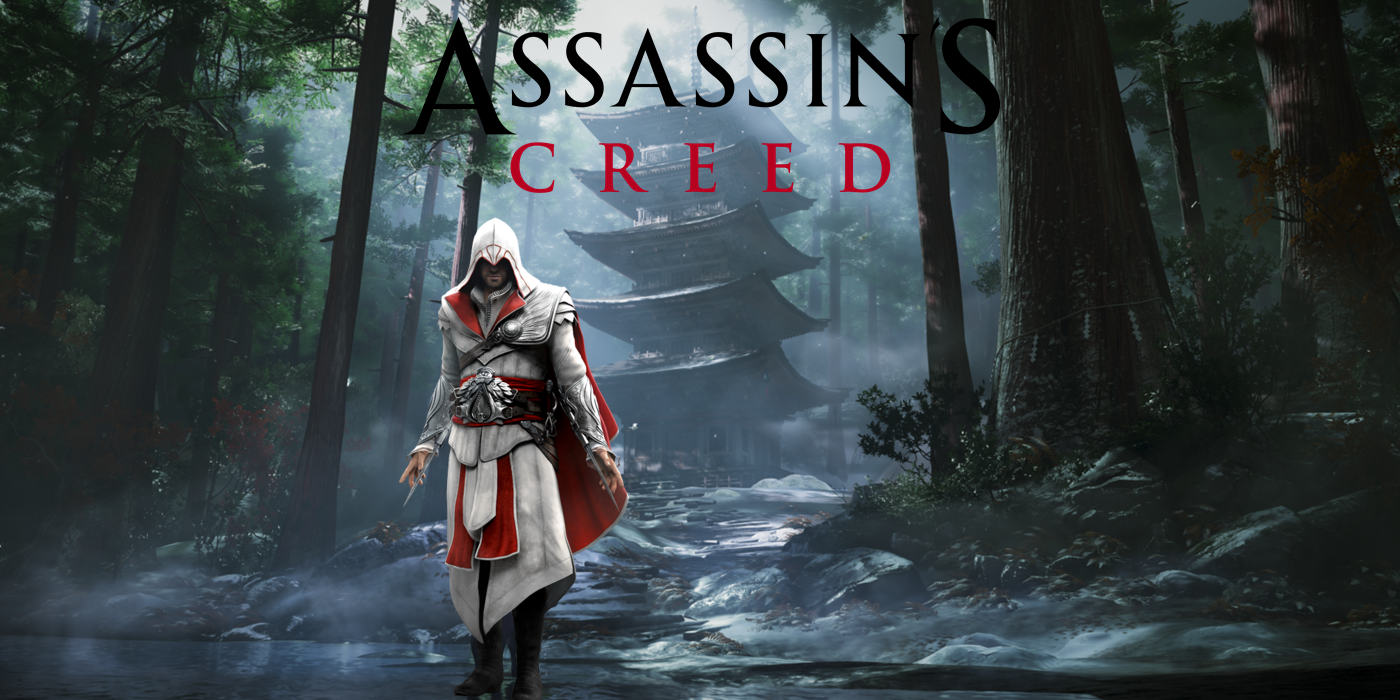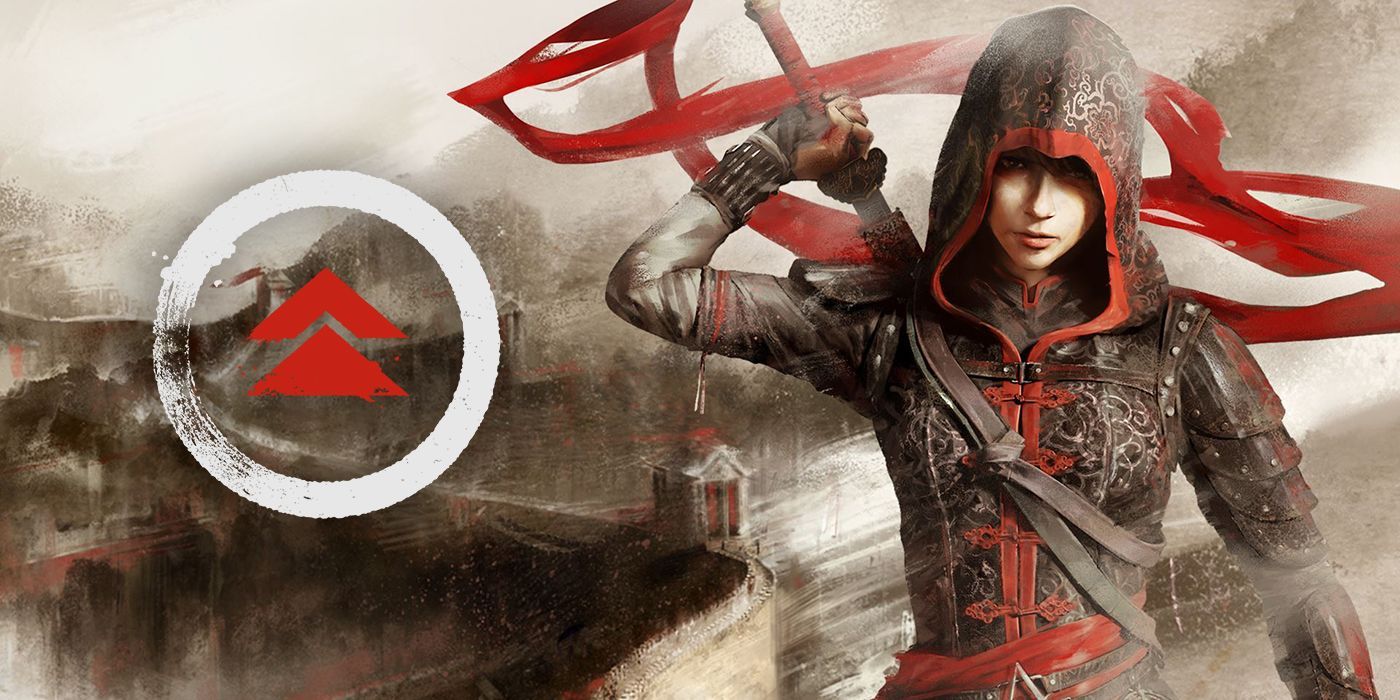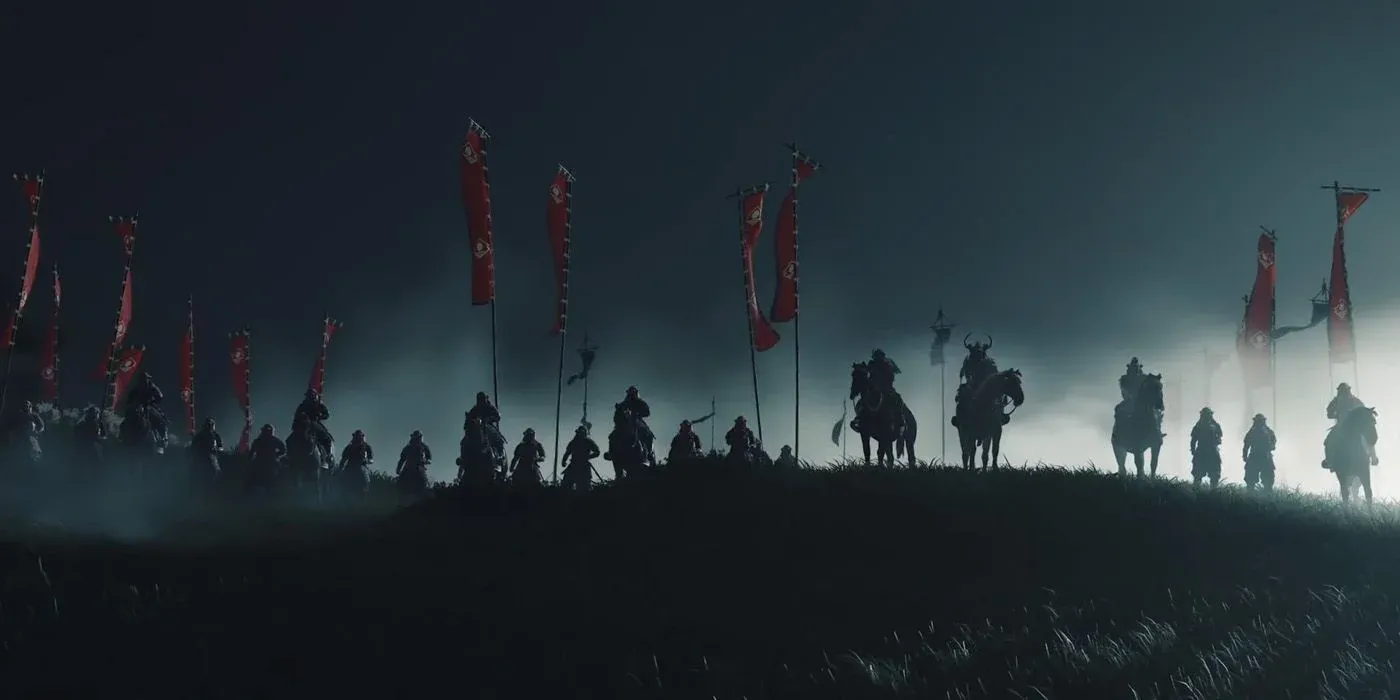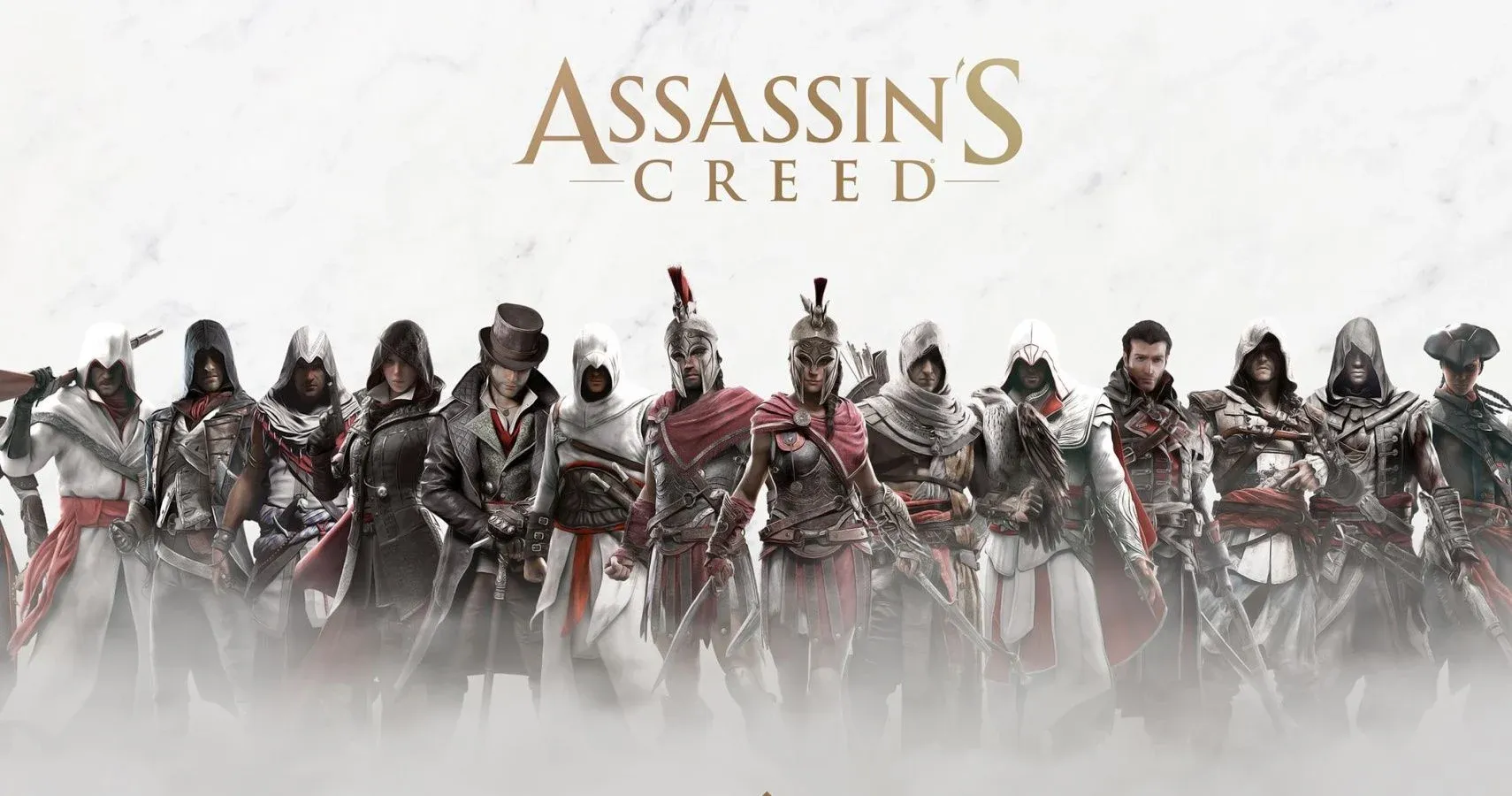One of the many reasons why Ubisoft's action series Assassin's Creed is so popular with players is due to the developers ability to bring various time periods to life. The franchise has managed to bring the Italian Renaissance to life, Industrial Revolution England, Colonial America, Revolutionary France, and even the Crusades to name a few. These open sandboxes give players the ability to fight alongside Spartan Warriors, slide down the Egyptian Pyramids, and experience history in new ways.
However, one area that Ubisoft has been more reluctant to visit is ancient Japan. While this region has been largely ignored by Ubisoft, Sucker Punch Productions has seemingly reignited the Assassin's Creed fanbase with how well Ghost of Tsushima has been received. While not a direct one to one comparison, Ghost of Tsushima does feature familiar gameplay elements such as stealth and enemy assassinations.
Whether or not Ubisoft eventually makes the trip to ancient Japan is still up for debate, though what's curious is that the Assassin's Creed lore already has a ton of information related to this untapped region.
Ancient History
While Ancient Japan was referenced by Assassin's Creed 1 protagonist Altair, using it as a source of rumors as the new resting place of the Apple of Eden, it wouldn't be until the 16th century when both factions, Templars and Assassins, would begin to attempt to influence the country.
Ubisoft's version of the missionary Francis Xavier was part of the Templar order who, after a string of defeats in Europe, traveled to the Far East. Unlike his real life counterpart, Xavier's mission would be to spread Templar beliefs in Japan, recruiting the people there to their cause. While Japan was heavily divided between many warring states at this point of the Sengoku period, Xavier was able to turn a few notable people like Mochizuki Chiyome.
The Assassins would respond by recruiting their own sympathizers such as the legendary samurai Hattori Hanzo. Hanzo's induction into the Brotherhood also forged an alliance with his daimyo, Tokugawa Ieyasu. The group strongly opposed a rival daimyo, Oda Nobunaga, who had come across the famed Sword of Eden and worked to unify the country through force. Nobunaga was ultimately killed by the assassins and the Sword transported off the island to the Chinese Brotherhood of Assassins for safe keeping. Later in life, Hattori Hanzo would be sent on a mission to assassinate the former Templar loyalist, Mochizuki Chiyome.
Modern Era
Naturally, Ubisoft has created its own spin on the atomic bombings of Hiroshima and Nagasaki during the tail end of World War II. Abstergo Industries, the business side of the Templar Order, authorized J. Robert Oppenheimer to fully test the newly created atomic bombs, intending to put an end to the world war and create its own vision for the new world that would be created in the aftermath.
The Japanese Brotherhood has also been mentioned numerous times in many of the franchise's other supplementary materials like Assassin's Creed Initiates, as well as its own database entry in Assassin's Creed Syndicate. The headquarters in Osaka was discovered by former assassins Daniel Cross and Maxime Gorm, the latter of which would go on to lead a raid against the group, killing numerous assassins and its head.
While many members fled to safety to rebuild, the group would again come under fire from Abstergo in 2012. A year later, the Yakuza struck a blow against the group, killing numerous high ranking members. The survivors led a counter attack and were able to not only take over the Onmoraki-Gumi Yakuza faction, but used it to help blend the Brotherhood into the city without anyone being the wiser including some members of the larger Assassin Brotherhood.
Historical Names Linked to Assassin's Creed
Naturally, the franchise as incorporated actual people into its historical fictionalized lore. In many cases, their legacies have been altered slightly to fit the game's universe and narrative. Here are their actual historical details.
- Francis Xavier - While he may have been a Templar agent in Ubisoft's game world, Xavier was a Catholic priest, missionary, and co-found the Society of Jesus aka The Jesuits in reality. His real claim to fame outside of being a Saint was his missionary work in the Far East, which he would devote most of his life to. Leaving Portugal in 1541, Xavier would travel to Goa, India, the South East Asian islands, Japan, and China. Ultimately, Xavier caught a fever which would ultimately claim his life in 1553.
- Hattori Hanzo - Outside of being inducted into the Assassin Brotherhood, Ubisoft kept most of Hanzo's history accurate. A famous samurai serving the Tokugawa clan, Hanzo helped Ieyasu eventually claim the title of Shogun. An expert tactician, sword fighting master, and a proven leader, Hanzo's extraordinary life is often romanticized with tales of supernatural abilities like teleportation and psychokinesis. He also has a strong reputation as being a leader of ninjas known as Iga warriors. All in all, it's easy to see why Ubisoft though Hanzo would fit into the Assassin Brotherhood. Many fans would likely view Hanzo as a perfect protagonist for a future Assassin's Creed game set in Feudal Japan.
- Tokugawa Ieyasu - Founder and first Shogun of the Tokugawa shogunate from 1600 to 1868, Ieyasu is regarded as the last of the three Great Unifiers of Japan along with Nobunaga and Toyotomi Hideyoshi.
- Oda Nobunaga - The first of the Great Unifiers of Japan, Nobunaga became the most powerful daimyo in Japan after kicking off a war against other samurai in an attempt to unify the country in the 16th century. For his efforts in overthrowing the ruling shogun and then going on to conquer most of the main island of Honshu, it's no wonder that Ubisoft gave him the fictional Sword of Eden to fit its Assassin's Creed narrative.
- Mochizuki Chiyome - In real life, Chiyome was a poet and noblewoman, going on to create an all-female group of ninja Kunoichi, working for the Takeda clan. Interestingly enough, there's some debate with scholars as to whether or not Chiyome even existed at all. Regardless, she remains an interesting person during this time period.
- Dr. Julius Robert Oppenheimer - While J Robert Oppenheimer is considered the father of the atomic bomb, his reasons for working on it were not influenced by Abstergo. As one of the leaders of the Manhattan Project and the wartime head of the secretive Los Alamos Laboratory, Oppenheimer not only helped develop the device but oversaw the first test at the secret site codenamed Trinity near Alamogordo, New Mexico.
Assassin's Creed Games References
While Japan has never been featured in a game outright, the series has referenced the country and its history numerous times. During the Desmond Miles arc of games, Subject 16, better known as Clay Kaczmarek, used his blood to paint several cryptic messages that his successor Desmond Miles would eventually come across using his Eagle Vision.
While Kaczmarek drew numerous messages, a few of them seemed to reference Japan and Japanese history. He was able to draw the word Yonaguni, which is an island of Japan that has an underwater monument which many believe to be man-made. Near it was a picture of Mount Fuji, a Japanese torii gate, and two pagodas in the Nara architecture style.
Assassin's Creed Valhalla releases November 17 for PC, PS4, Stadia, and Xbox One, with PS5 and Xbox Series X versions to follow.




